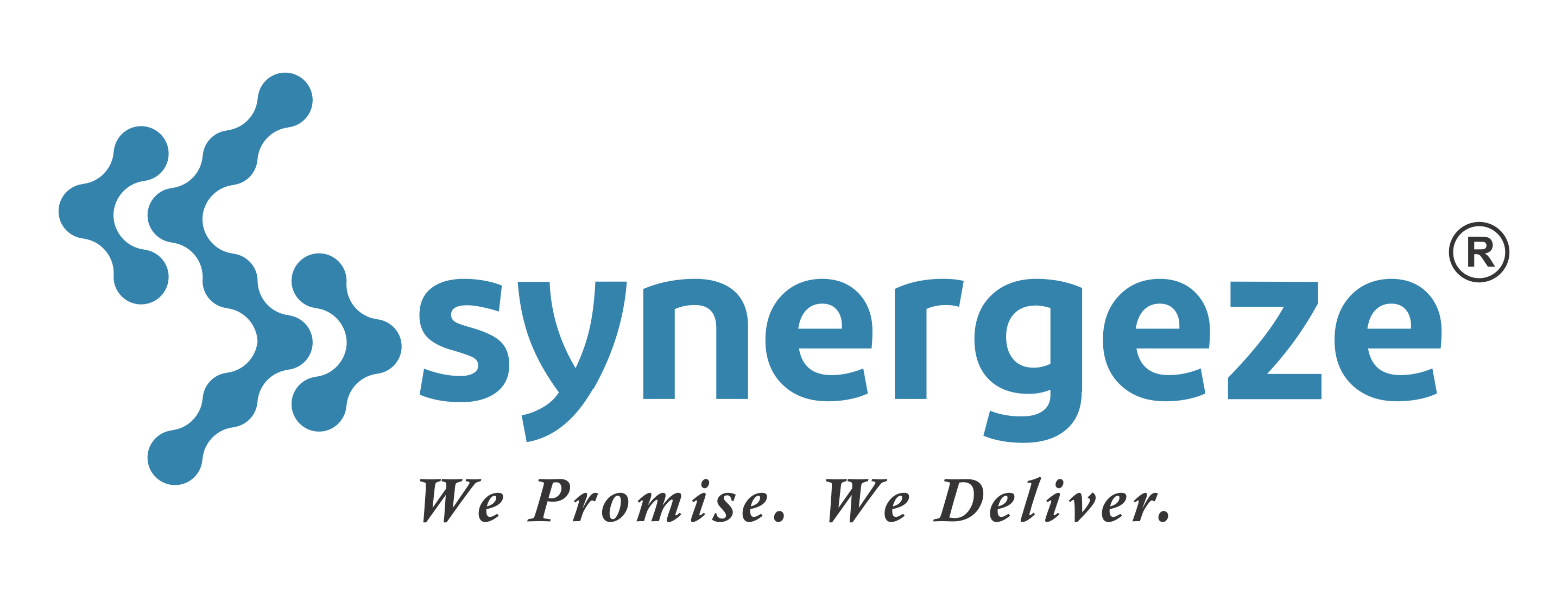𝑾𝒂𝒓𝒆𝒉𝒐𝒖𝒔𝒆𝒔 𝒐𝒇 𝑭𝒖𝒕𝒖𝒓𝒆 – 𝑾𝒉𝒂𝒕’𝒔 𝒅𝒓𝒊𝒗𝒊𝒏𝒈 𝒕𝒉𝒆 𝒄𝒉𝒂𝒏𝒈𝒆
Let’s look at the next driver of change now.
𝑻𝒉𝒆 𝒍𝒐𝒈𝒊𝒔𝒕𝒊𝒄𝒔 𝒎𝒂𝒓𝒌𝒆𝒕𝒑𝒍𝒂𝒄𝒆
The complete and integrated supply chain, and warehouses being a critical and integral part thereon, are all moving to an integrated approach aimed at transparency and visibility.
For the warehouse, its imperative that logistics partners and consumers and integrated one at the back end and second at the front end.
There are certainly some trends in the logistics marketplace that are influencing the warehouse and driving towards what they will be in future.
Remember in the KPI posts we read about the capacity management and how important it is to be effective. Planning for the capacity is critical and interdependent on Product, peak demand, Process and Penetration forecast. You lose on one aspect and suddenly you are burdened with obsolescence.
Hence the warehouse planning’s now are taking advantage of automated capacity management by using technology for better, data-driven capacity planning. The result is fewer capacity planning errors which may cause loss of revenue and improved space utilization, which translates ultimately to profit.
On my post of future warehouses there was a detailed comment about On Demand Warehousing which is emerging from the need for greater warehouse flexibility to accommodate temporary demand for additional capacity.
Similarly in the same comment there was a mention of AaaS (automation as a service) where customers can deploy automation on an as needed basis. It’s gaining prominence because it provides facilities with the ability to rapidly scale up and down as demand dictates and allows buyers to expand or experiment with technologies such as robotics without going through a rigorous purchasing process.
The growth of open-source technologies and cloud-based services means applications are better able to share data than ever before. This connectivity supported by APIs are allowing applications to seamlessly collect data from different warehouse information systems.
Along with the connectivity made possible by APIs, the logistics marketplace will be able to take advantage of multi-modal optimization through seamless integration with vendors, logistics providers and other supply chain partners. Multi-modal optimization allows for sophisticated planning across regions, routes, modes of transport and more to easily achieve lead time and cost goals.
So we could see how every stakeholder is going through the phase of upskilling and transformation in order to keep abreast with the technological advancements that they are subjected to.
Will continue this discussion on drivers and till then do remember for all your warehousing needs and support we at Synergeze Consultants Private Limited are just a click away.




